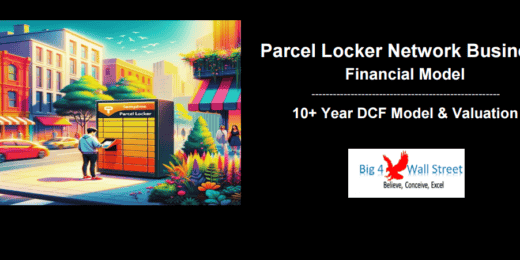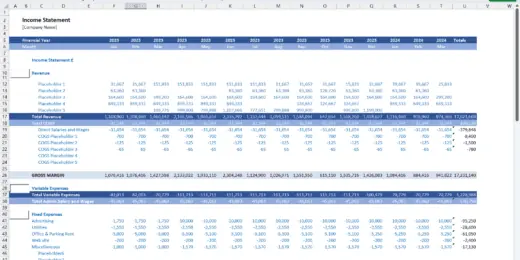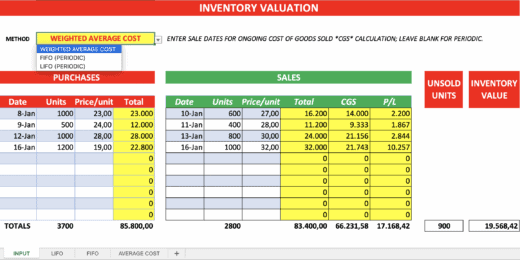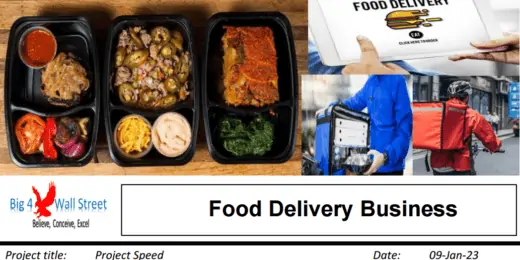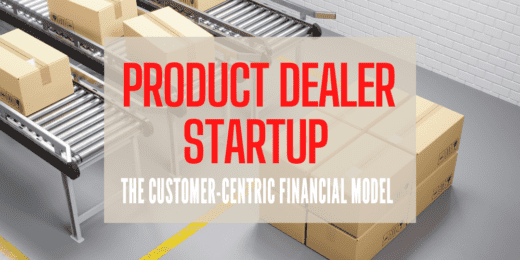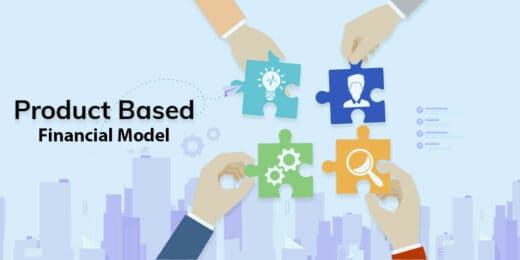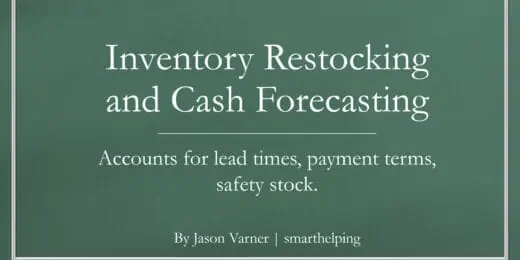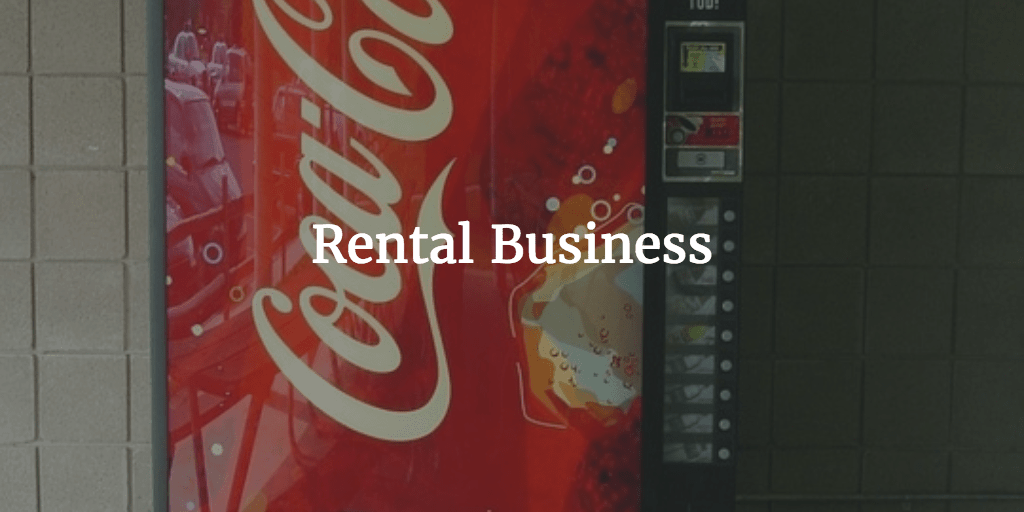Distribution
Parcel Locker Network Business Financial Model (10+ Yrs. DCF and Valuation)
The Parcel Locker Network Business Financial Model is a comprehensive…
Supply Chain Management Dashboard Excel Template
Our Supply Chain Management Dashboard is a comprehensive tool that…
Logistics Company Finance Model
A comprehensive editable, MS Excel spreadsheet for tracking logistic company…
Freight Management Excel Dashboard Template
Efficiently manage your logistics operations with the Freight Management Worksheet
Inventory Valuation Calculator (LIFO, FIFO, AVERAGE COST)
Calculate the value of your inventory (physical items or financial…
Industrial Warehouse Business 10-Year 3 Statement Financial Projection Model
10 year rolling financial projection Excel model for a startup…
Gas / EV Charging Station 10-year Financial Forecasting Model
This model is adaptable and useful for a Gas Station,…
Comprehensive Logistics Company Financial Model and Valuation
Discover the Comprehensive Logistics Company Financial Model and Valuation, an…
Amazon Financial Model With Forecasting and Valuations
Financial Model of Amazon (Ticker: AMZN) with forecasting and valuations.…
Delivery Business Financial Model Template
Drive Your Delivery Business to Success with Our Excel Financial…
Courier / Delivery Service – 5 Year Financial Model
Financial Model providing an advanced 5-year financial plan for a…
Oil & Gas Marketing and Distribution DCF Valuation Model with 5 Yrs Actual,1 Yr Budget & 5 Years Forecast
A detailed and user friend financial model that captures 5…
Distribution Waterfall Models – Private Equity, Venture Capital & Real Estate
User friendly template including Distributions Waterfall Model for Private Equity,…
Trucking Service Financial Model Excel Template
Trucking Service Pro Forma Template Excel - well-tested, robust and…
3rd Party Logistic Company ALL-IN-ONE Integrated Valuation Model
This model provides an ALL-IN-ONE Integrated 5-year valuation model for…
Logistics Agency Financial Model Excel Template
Logistics Agency Pro Forma Template Solid package of print-ready reports:…
Franchisor Business – 3 Statement Model with Return Calculations & DCF
This model can be used to analyze the financial return…
ALL IN ONE Logistics & Transportation integrated 5- Year DCF Financial Model
This is a dynamic and advanced DCF valuation model of…
Distribution Business 3 Statement Model with Returns Calculation
This model can be used to analyze the financial return…
Microbrewery Financial Model – Dynamic 10 Year Forecast
Financial Model providing a dynamic up to 10-year financial forecast…
Product Dealer Startup – The Customer Centric Financial Model
With this financial model, you can create a financial plan…
Wholesale Startup/Existing Business Financial Projection 3 Statement Model
User-friendly 3 statement 5 year rolling financial projection Excel model…
Online Clothing Wholesaler – 5 Year Financial Model
Advanced Financial Model presenting a 5 Year Business Plan for…
Bicycle Courier Financial Model Excel Template
Discover Bicycle Courier Financial Plan. Creates 5-year Pro-forma financial statements,…
Delivery Service Financial Model Excel Template
Order Delivery Service Financial Plan. Create fully-integrated financial projection for…
Measuring and Modeling Seasonality Template
Many businesses are affected by seasonal demand changes. They cause…
Distribution Startup/Existing Business Financial Projection 3 Statement Model
3 statement 5 year rolling financial projection Excel model for…
Packaging Design Agency Financial Model Excel Template
Order Packaging Design Agency Financial Model Template. Creates a financial…
Clothing Store Financial Model Excel Template
Get Your Clothing Store Budget Template. Creates 5-year Pro-forma financial…
Re-Stocking / Re-Supply Inventory: Cash Flow Planning
Recently updated to forecast up to 72 months, runs off…
Jewelry Shop / Store 5 Year Startup Business Model
A bottom-up financial model that is designed specifically for a…
The Distribution Industry
Distribution is fundamentally concerned with making sure that products reach the target market in the most direct and cost-efficient manner. Its concept may sound relatively simple but there is a key issue affecting distributors nowadays; the digital landscape.
Due to new technologies popping up, it fundamentally transformed how, when, and where, the consumer's shop. With more options for consumers to buy online or through their mobiles, the sales continue to shift out of stores where the location for stores is something that needs to be addressed.
Nowadays, some businesses in the distribution industry are adopting and able to leverage mobile and social tools to improve customer experience, provide multiple buying channels, and a stable connection towards their target market. This also gives rise to the need of surrounding their service with strong privacy and security measures to protect the consumer’s personal information and offers.
Business in the distribution industry is high in numbers due to the rising demand of the market. And with the digital landscape, it opened up the road of every business, not just locally but also globally. Investing in such businesses are definitely profitable, with the right business plans, proposals, and financial models, investors are bound to be interested in funding such promising businesses. It is important that in starting a business in the distribution industry will need proper financial planning to see its profitability and efficiently manage the flow of business.
Steps in Starting a Distribution Business
What is a distribution business? A distribution business is a business where you will become a distributor of certain products. It is the middleman between a manufacturer and a retailer. Its role as a medium includes the purchasing of products from the manufacturer in huge bulk quantities then distributing or selling it off to multiple retailers at a profit. Basically, a distribution business exists to get the goods from point A then to Point B safely, thus, their role is important in the economy.
Here is a broad list of basic steps that you can follow in starting a business in Distribution.
Step 1: Deciding the Business Model
Based on your preference and goal for your business, there are many ways you can go about how you want to run your distribution business, such as:
- Direct Distributor – Buying products directly from the manufacturers or wholesalers in bulk and selling them directly to the market. In this business model, you will turn into a retail distributor.
- Wholesale Distributor – Buying products directly from the manufacturers in bulk and selling them to other distributors or retailers.
Step 2: Choosing a Product Line
It is important that you plan out what kind of goods you want to sell. A lot of research and testing is needed to ensure that your product line is something that will sell and is in demand. A tip would be to conduct surveys or canvass different distributors with large clients. Paying attention to the market trend will also be a good reference to start.
Step 3: Identifying the Target Market
Once you’ve figured out your product line, identifying your target market comes next. Who will you likely sell your goods to? Will it be retailers? Wholesalers? Or direct market? Depending on your strategy or preference, it is better to determine this beforehand and plan ahead on which option will you likely earn more profit. The business model you chose and the market research during the determining of the product line stage should help you decide on identifying the ideal market for your distribution business.
Of course, you have to take note since you are just starting a business in distribution, compromising is needed to gather your initial group of customers. As you start to gather more and grow your business, you can then start working on earning more profit.
Step 4: Warehouse for Storage and Inventory
Since you are buying products in bulk, there is a need to store it in a place where you can keep its quality. Depending on how expansive you want the warehouse to keep your inventory, it will most likely be your biggest expense. You have two options for acquiring a warehouse, either buying it or renting a place. Naturally, it is best to own your own warehouse so that you don’t have to expend rental fees and deal with other security or usage issues. But if you don’t have enough capital for that, renting will be convenient. It is ideal that the location of the warehouse be closer to your market so that you can cut the transportation and logistical costs which are usually one of the factors that cause huge expenses for distribution businesses.
For funding purposes, acquiring for investors or getting a loan will also work. So, the only thing you need to do is work on a financial plan to help you plan out all the financing needed for your business. Creating a financial model is highly recommended for your potential investors and as proof for the bank loan.
Step 5: Starting Operation
Nowadays, it is recommended that before you start your operations, prepare an online site connected to your business. This will help widen your market and spread your brand as you market your product to a wider range. Having a working and proper inventory management is also critical. With the help of advanced technology, this can be done more efficiently and faster.
You also need to set up a full-fledged distribution network which will cater all the deliveries for your business. You can either partner up with a local courier or you can always set up your own delivery system and run all the operations needed for your business in-house.
Once you’ve managed to fulfill the basic steps on how to start a business in distribution, you should be able to gear up and start your operations. To ensure that everything will go smoothly, preparing a proper business plan is also recommended. To plan it out in figures will be more helpful since it will give you an idea of how your business will do in the future and strategize how you can make your business grow.
Distribution Strategies
Starting a business in the Distribution Industry is not as easy as it sounds. Planning different strategies to strive among the countless competition in the market is a must. Especially in cases where there are several factors that need to be addressed, e.g. types of product (perishability), target market trends, location, etc. Thus, there are several strategies that developed for businesses in the Distribution Industry.
Here is a list of the most known and common strategic approach applied by distributors:
- Mass Distribution – Also known as Intensive Distribution. This is a strategy to distribute a big number of products to a marketer then sell towards a mass market. This strategy is also cost and time efficient. E.g. snack foods in snack bars, mini convenience stores, drinks, products and supplies for bigger outlets such as supermarkets, cafeterias, vending machines, etc.
- Selective Distribution – In this strategy, the products will be limited according to the manufacturer’s choice of market. Hence, the number of outlets handling the products is low and restricted to specialist dealers. E.g. special clinical products are only distributed for markets that suit its purpose and sometimes need official prescriptions, etc.
- Exclusive Distribution – It works the same as the selective distribution strategy except, in this strategy, one distributor has more control over the distribution process. This also entails a connection with the direct manufacturer, working together and given exclusive rights within a specific range of product or area. E.g. luxury goods with popular brands such as Chanel.
Another key strategy that is applicable to marketing goods in the Distribution sector is the Push & Pull Strategy. This strategy is commonly used by the marketers and manufacturers instead of the Distributors. In Push strategy, there will be intensive marketing aimed at distributors, claiming that the demand for the products is high. While in Pull strategy, the marketing is aimed at the target market to induce a rise in demand for the products, resulting in the distributors stocking up their inventories.
It is no question that it gets really tricky when applying different strategies for a business not just in the distribution industry, but also to other industries. As usual, business is business, and to prevail among the huge crowd of competitors, one must do their best with drafting their plans and prepare for the future.
A quick tip to keep your market: Maintain a record of your retail or wholesale customers and send them monthly newsletters with new offerings and suggesting them to add more orders. This will keep your best customers up-to-date about any news or new products.
Financial Planning – Distribution Industry Business Model
Financial planning when starting a business applies to every business in every industry. The same for business in the distribution industry, the need for a distribution industry business model is paramount to ensure the business’s feasibility and also as a representation of the business’s value and standing for potential investors.
If you’re planning to invest, starting your own business, or currently own one, and if you are in need of proper financial management in businesses such as retail distribution, industrial distribution, manufacturing, and other distribution companies, listed above are Distribution business Financial Plan Templates and distribution industry Business models that might fit what you need.
If you are looking for a specific financial model template and couldn't find it in our inventory, feel free to comment here: Missing Financial Model Templates, so that our Vendors will pick up that project and will soon add in our still growing inventory.
If you found the template but need help with customization of your preference, we also offer financial modeling services which you can avail here: Custom Financial Modeling Service.
We would be really grateful if you also rate our products and leave a review, comments, suggestions, or any kind of feedback, about our financial model templates, for this will greatly help us shape our templates to be even better in the future.


